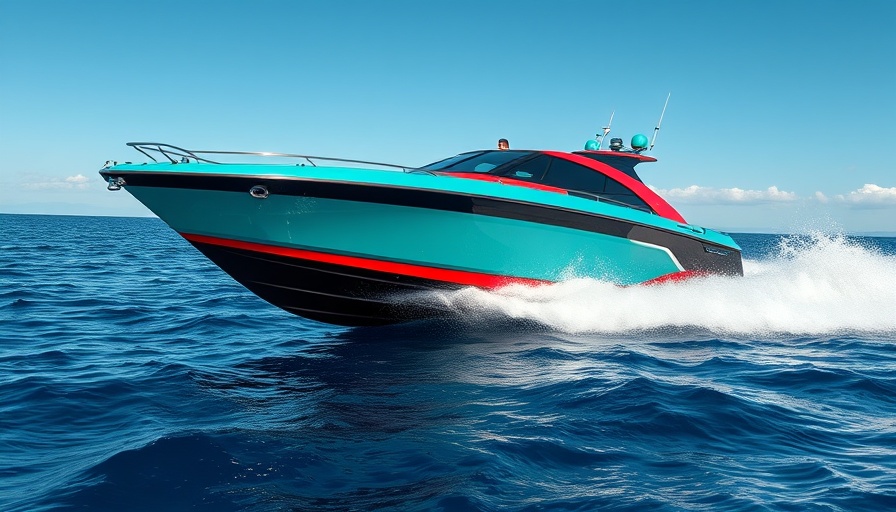
A New Era for MER Equipment as Bill Forslund Takes the Helm in Sales
In a significant shift within the maritime industry, MER Equipment has appointed Bill Forslund as its new sales manager. Known for providing customized marine and industrial power systems, the Seattle-based company is positioning itself to enhance lead generation and market outreach through Forslund’s proven expertise and dynamic leadership.
Deep Roots in the Maritime Industry
Bill Forslund isn’t new to the maritime landscape. With over twenty years of experience, he has cultivated a rich network of professional relationships across various facets of the industry. From serving as a ship’s agent to working as a charter vessel captain and even a commercial fisherman, his diverse background forms a strong foundation for his new role. This depth of experience is crucial, as he moves from a position as business development manager, where he significantly boosted brand visibility, into leading the sales strategy for MER Equipment.
The Importance of Customer Relationships
Forslund's approach will center on strengthening customer relationships. Understandably, in an industry that relies heavily on trust and air-tight partnerships, establishing strong connections with clients is vital. He aims to ensure that the sales and engineering teams collaborate effectively to deliver tailored solutions that effectively meet customer needs. As Tyler Allen, COO of MER Equipment, aptly noted, "Bill’s passion for the maritime industry is matched only by his tenacity and insight." This reinforces the notion that authentic engagement with clients leads to more successful business outcomes.
Aligning Sales with Market Trends
In addition to fostering relationships, Forslund will be charged with interpreting market trends to seize new opportunities. The maritime landscape is continuously evolving, influenced by technology advancements, regulatory changes, and environmental considerations. His ability to identify these trends will be instrumental in aligning MER Equipment’s offerings with the future directions of the marine and industrial sectors. This agility is becoming increasingly important as businesses grapple with challenges and disruptions in supply chains, regulations, and customer demands.
Future Predictions and Opportunities in the Maritime Sector
The appointment of Forslund occurs at a time ripe with opportunities for growth in the maritime sector. As businesses prioritize sustainability and efficiency, the demand for innovative power solutions, such as those offered by MER Equipment, is expected to surge. Focused on creating systems that minimize environmental impact while maximizing efficiency, Forslund is poised to lead the forefront of this transformation.
The Impact of New Leadership on MER Equipment
As Forslund steps into his role, his leadership could redefine how MER Equipment drives its sales strategy and structure. His directive underscores the essential shift towards a more market-driven approach, where customer needs and market dynamics influence business decisions. By centering strategies around real-world requirements and engaging with customers authentically, Forslund sets a precedent for other companies in the sector to follow, potentially steering the maritime industry towards a customer-oriented future.
Connecting with MER Equipment’s Vision
In conclusion, the maritime industry stands on the cusp of significant evolution with leaders like Bill Forslund spearheading vital changes at MER Equipment. The focus on customer relationships, market awareness, and responsive sales strategies not only positions the company for success but also heralds a new chapter in how the industry meets the challenges and opportunities ahead. As stakeholders, we must remain engaged with this transition and explore how businesses adapt to changing landscapes.
 Add Row
Add Row  Add
Add 




Write A Comment